Home > History of Diu
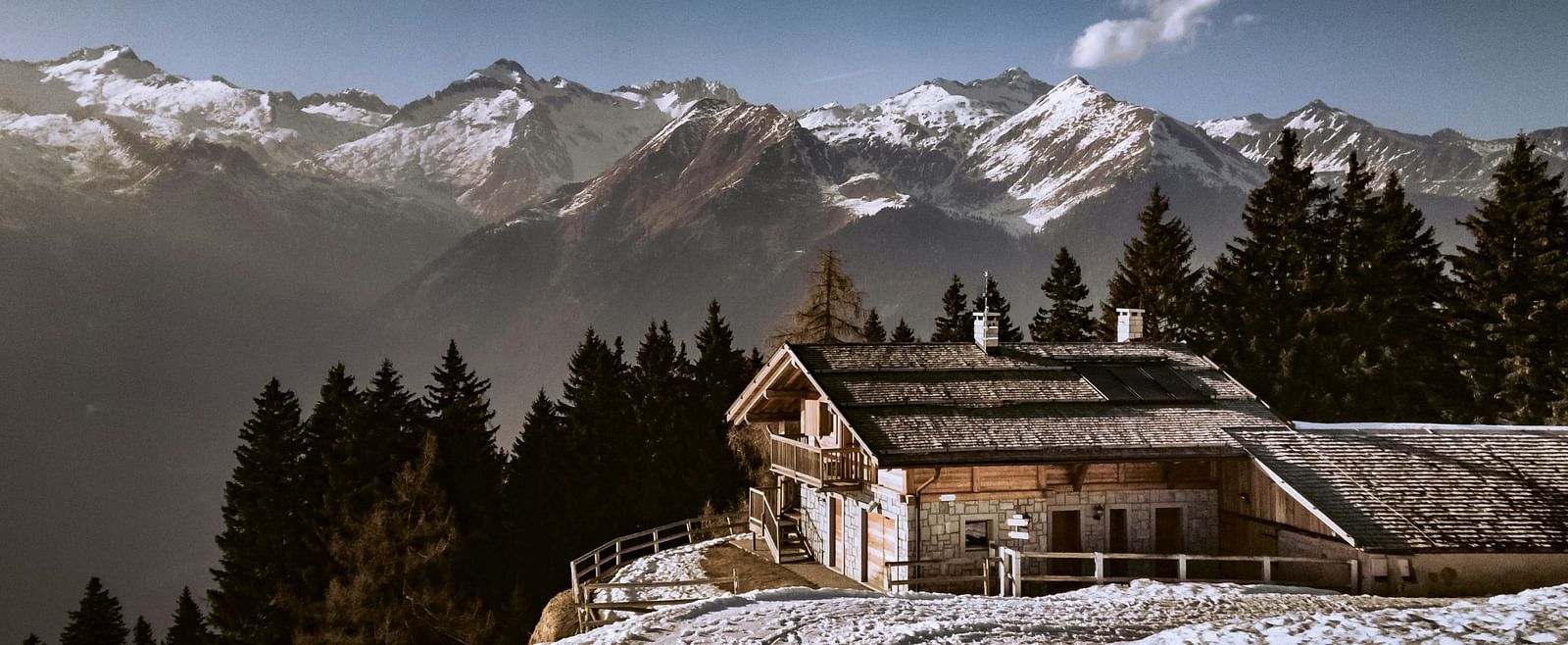
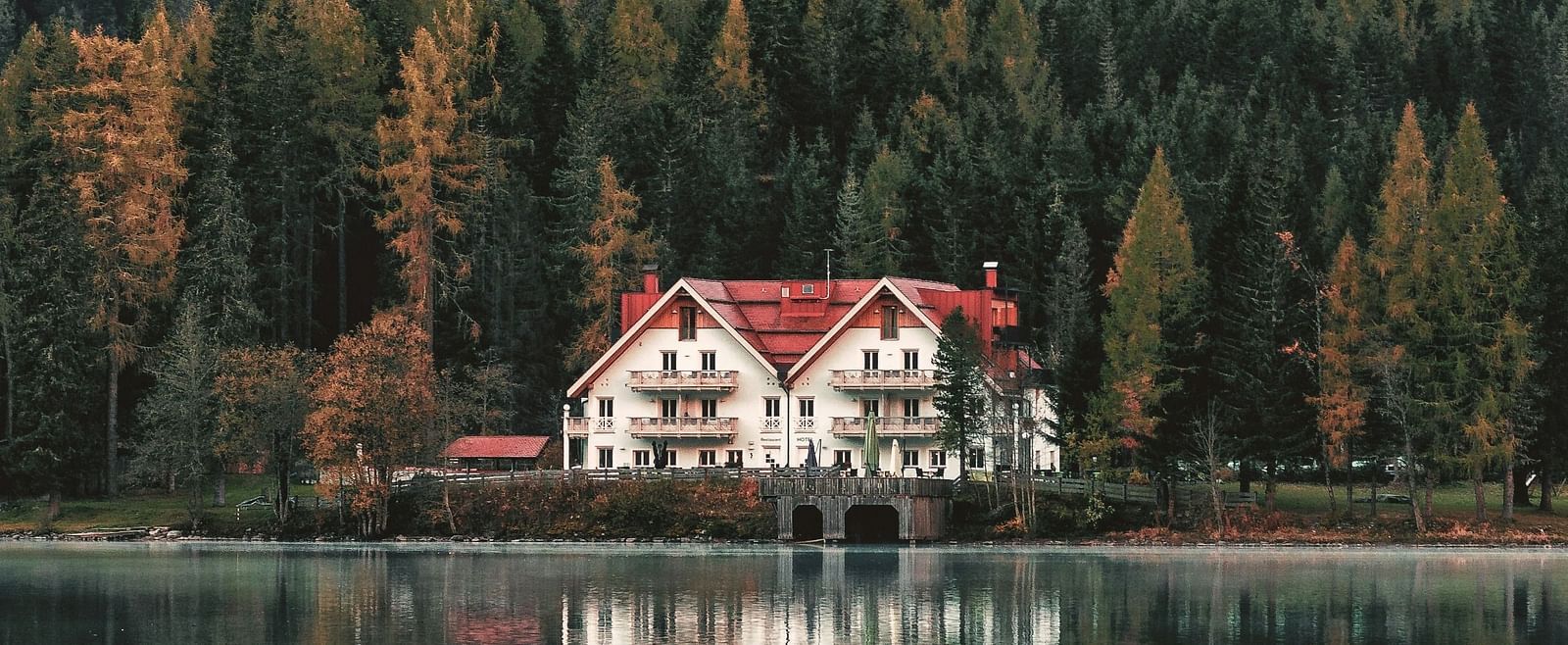


Sands of Time: Unfolding the Story of Diu
Tucked along the Arabian Sea, Diu isn’t just a picturesque coastal escape; it’s a chapter-by-chapter unfolding of civilisations, conquests, and cultures that shaped India’s western seaboard. From myth to monarchy, maritime trade to liberation, every wave here whispers stories from centuries past. Journey with us as we trace the tides of time that built the rich history of Diu, a resilient legacy.
_321c3922)
The Leadership
Dharmistta, returning from the UK, and Milesh, back from Lisbon, are the warm and welcoming hearts behind Dream Vision Guest House in Diu. Blending global experiences with a deep love for their roots, this passionate duo creates a peaceful, nature-kissed retreat where personalised care, local insights, and wholesome home-cooked meals come together to offer guests a truly memorable stay.
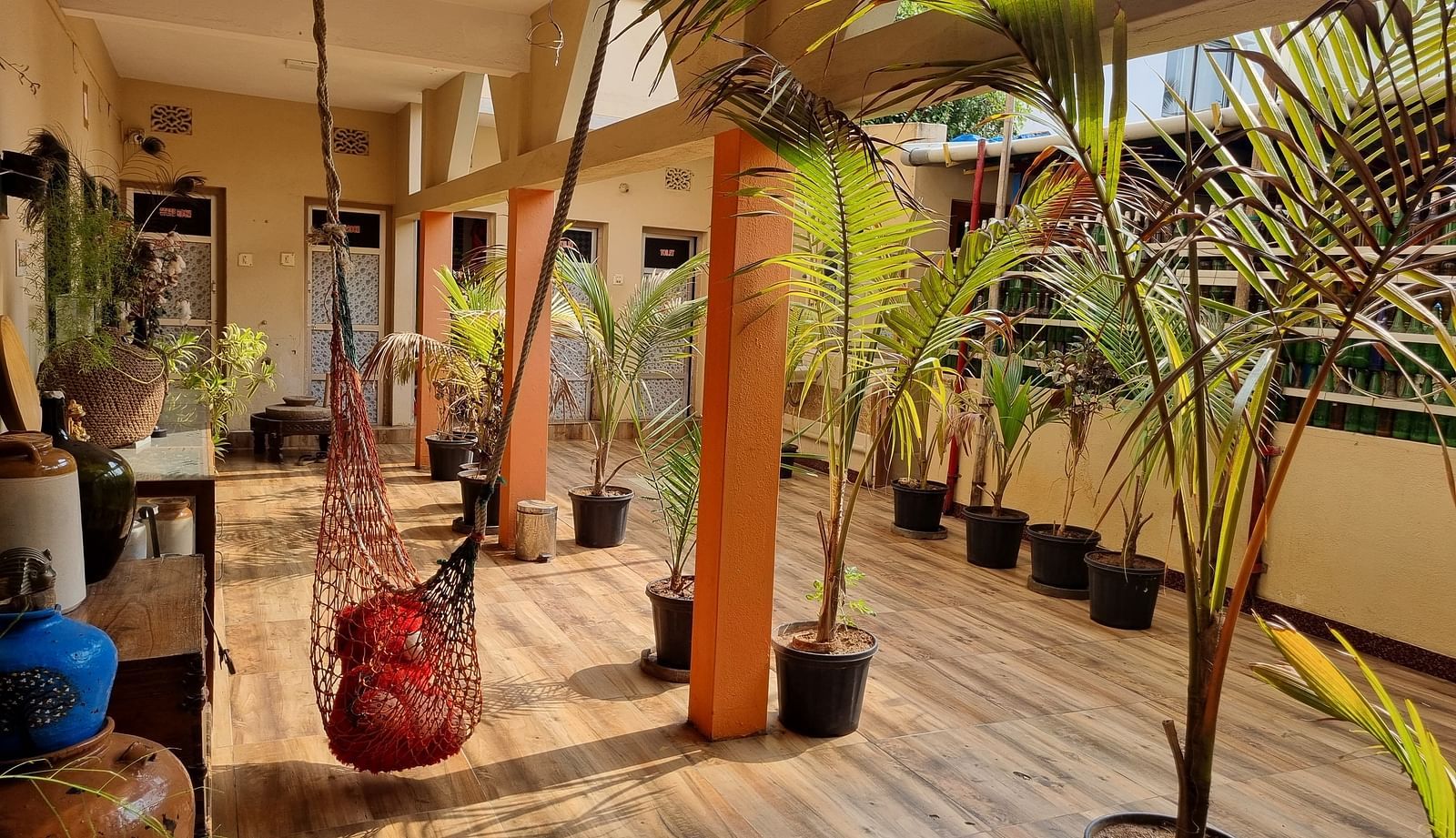
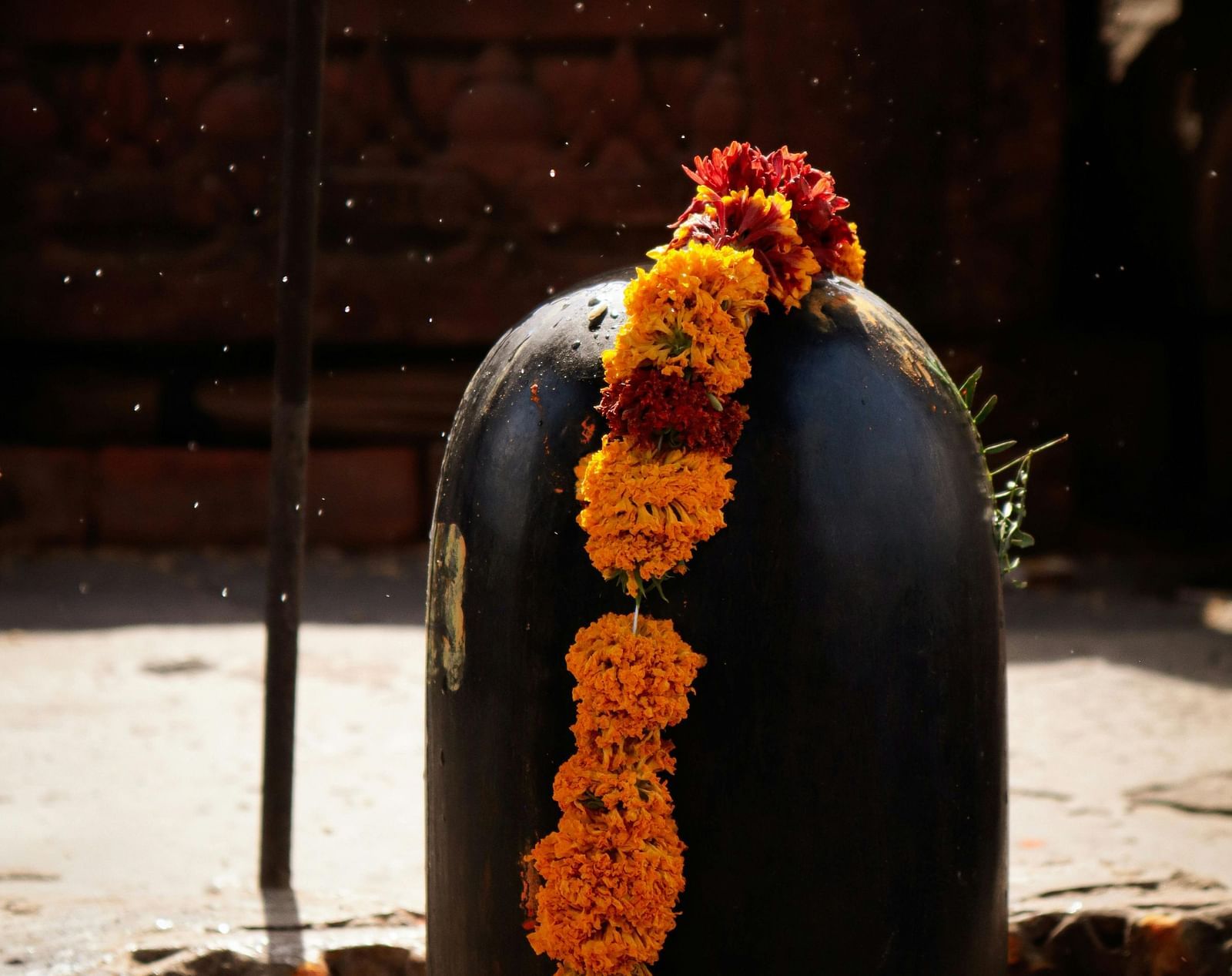
Where Legends Walked: The Mythological Era
Long before history inked its first date, mythology cast its light on Diu. It is believed the Pandavas once found refuge here, resting near the present-day Gangeshwar Mahadev Temple. The five Shiva Lingams, eternally washed by the sea, stand as silent witnesses to their passage—binding folklore and faith in stone and tide.
Mauryan Footprints (322 - 220 BCE)
As empires rose across the Indian subcontinent, Diu came under the mighty Mauryan rule. Ashoka’s grandson, Samprati, left a spiritual legacy by building Jain temples that still echo with tranquillity and devotion. These ancient footprints reveal Diu’s long-standing embrace of diverse faiths and philosophies.
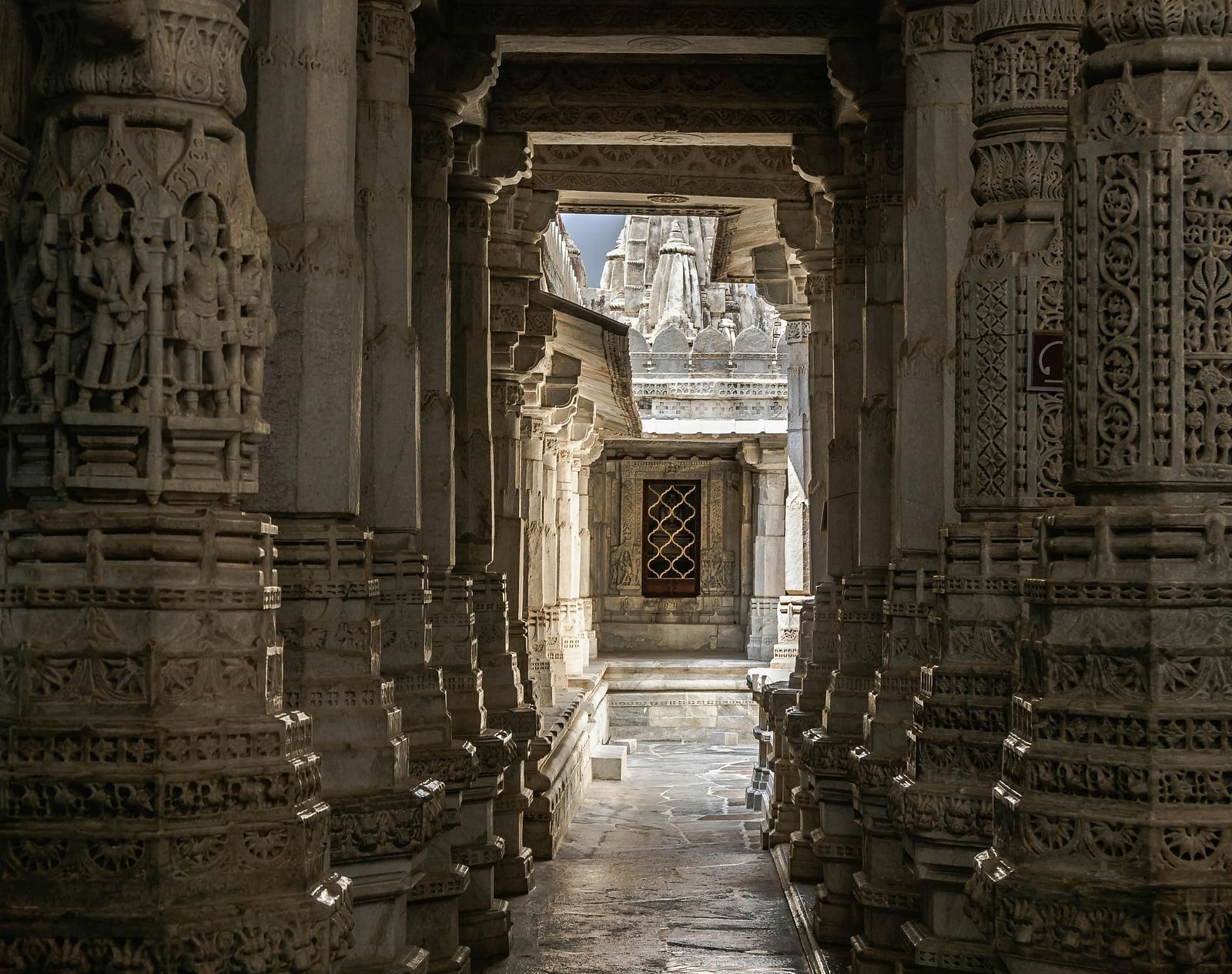
Our Values
- "Neque porro quisquam est qui dolorem ipsum quia dolor sit amet, consectetur, adipisci velit..."
- "Neque porro quisquam est qui dolorem ipsum quia dolor sit amet, consectetur, adipisci velit..."
- "Neque porro quisquam est qui dolorem ipsum quia dolor sit amet, consectetur, adipisci velit..."
- "Neque porro quisquam est qui dolorem ipsum quia dolor sit amet, consectetur, adipisci velit..."
- "Neque porro quisquam est qui dolorem ipsum quia dolor sit amet, consectetur, adipisci velit..."
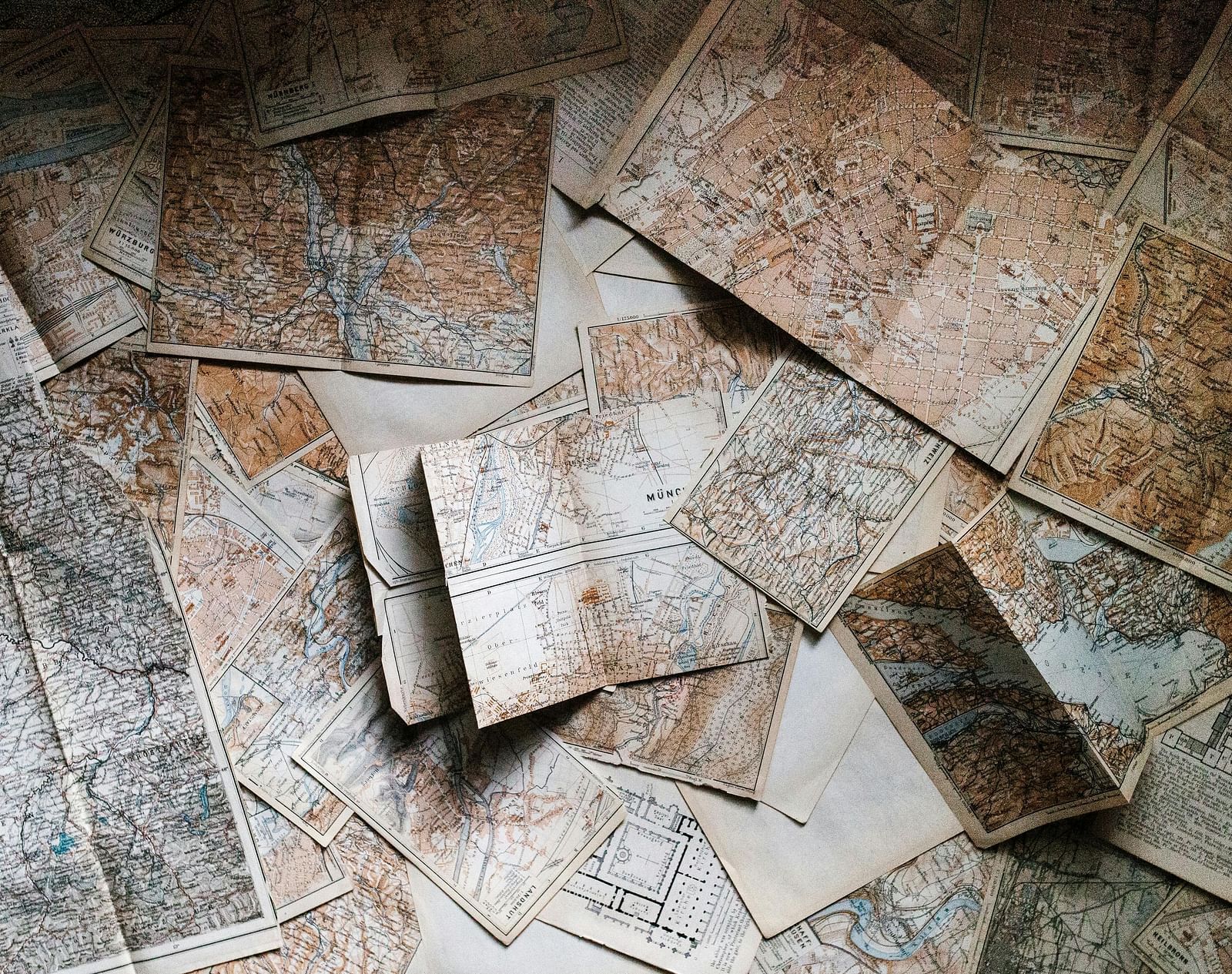
Medieval Shifts (50 - 1297 CE)
For over a thousand years, Diu saw power exchange hands between Kshatrapas, Guptas, Maitrakas, Chavdas, Chalukyas, and Vaghelas. Each left its cultural mark, but it was the Delhi Sultanate’s eventual control that marked the end of this chapter, ushering in an era of new rulers and renewed ambition.
The Sultanate’s Shoreline (1297 – 1535 CE)
Under the Gujarat Sultans, Diu blossomed into a thriving port. With Ottoman influence steering maritime trade across the Arabian Sea, Diu became a key node in the global spice and silk routes. The docks bustled, markets thrived, and cultures collided—all under a crescent-shaped skyline.
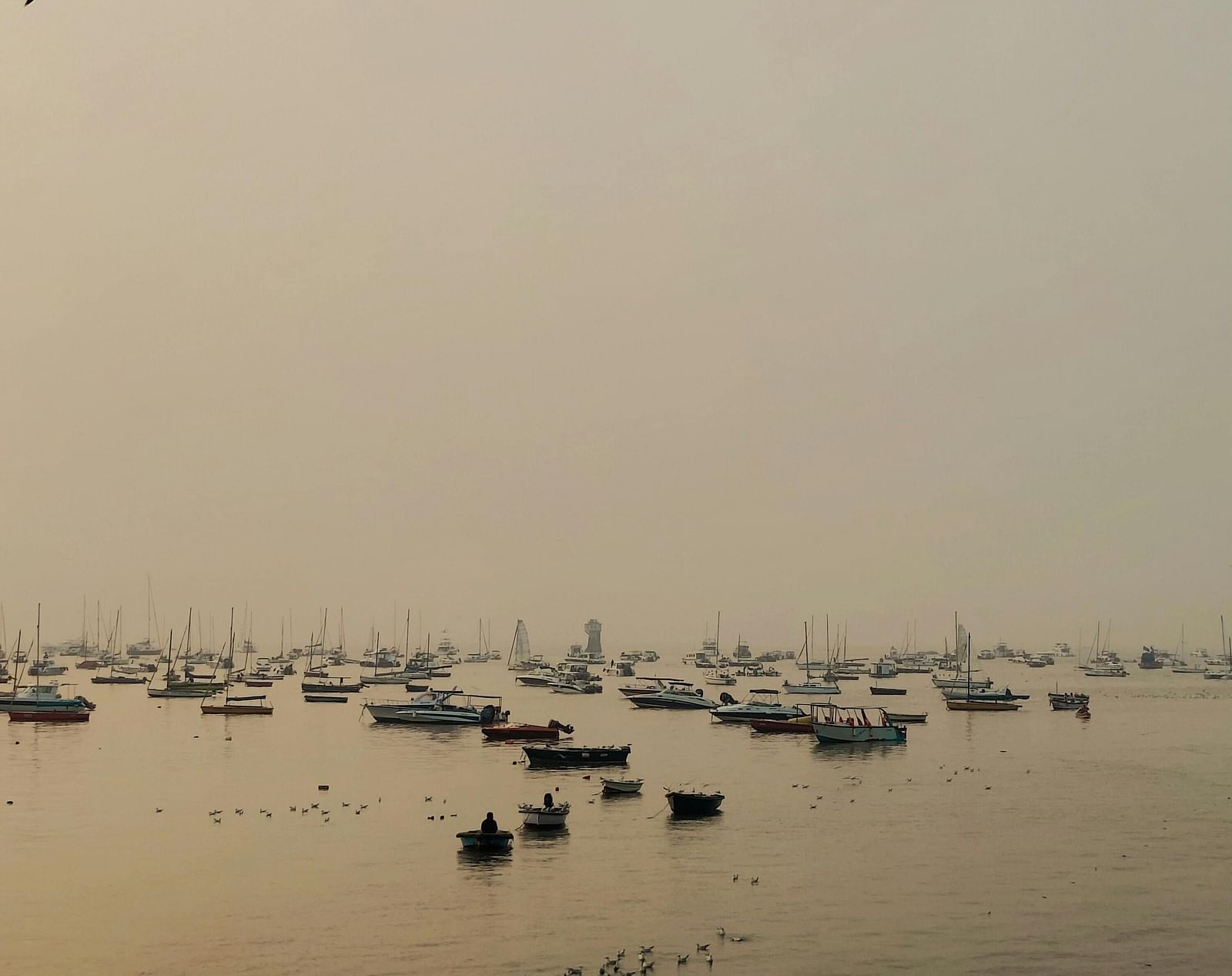
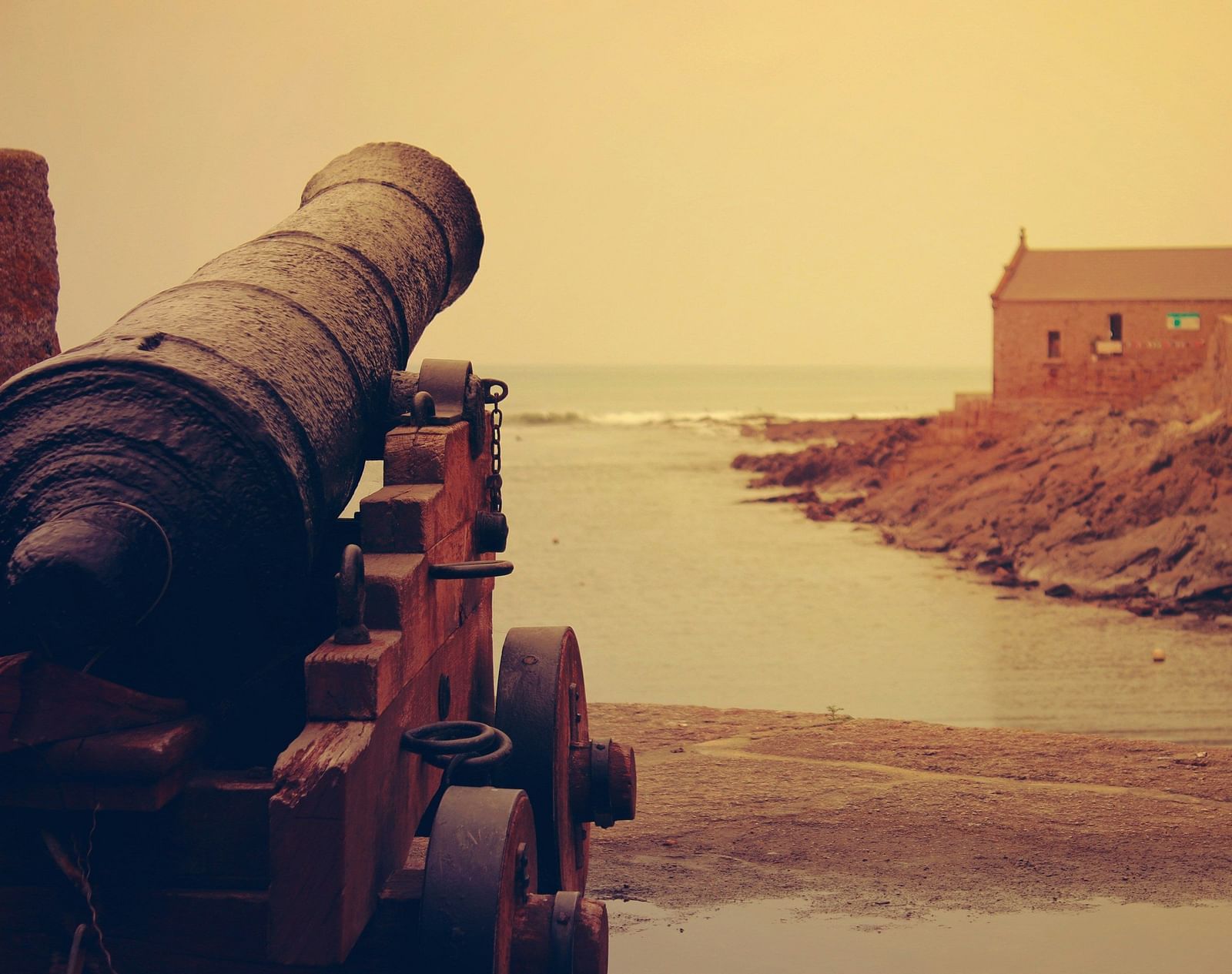
Cannons and Conquests: The Battle of Diu (1509 CE)
In 1509, the turquoise waters turned red as Portugal clashed with the joint forces of Gujarat, Mamluks, and the Ottoman Empire. Portugal’s triumph marked the beginning of European dominance in Indian waters. The Battle of Diu wasn’t just a military victory—it was a turning point in the balance of power.
Siege and Strategy (1535 – 1538 CE)
Following the battle, the Portuguese sealed a strategic deal with Gujarat, securing Diu. But alliances proved fragile. The Ottomans, once more, tried to reclaim Diu with a full-blown siege. Despite overwhelming numbers, they couldn’t breach the Portuguese defences—Diu’s fortifications proved mightier than cannon fire.
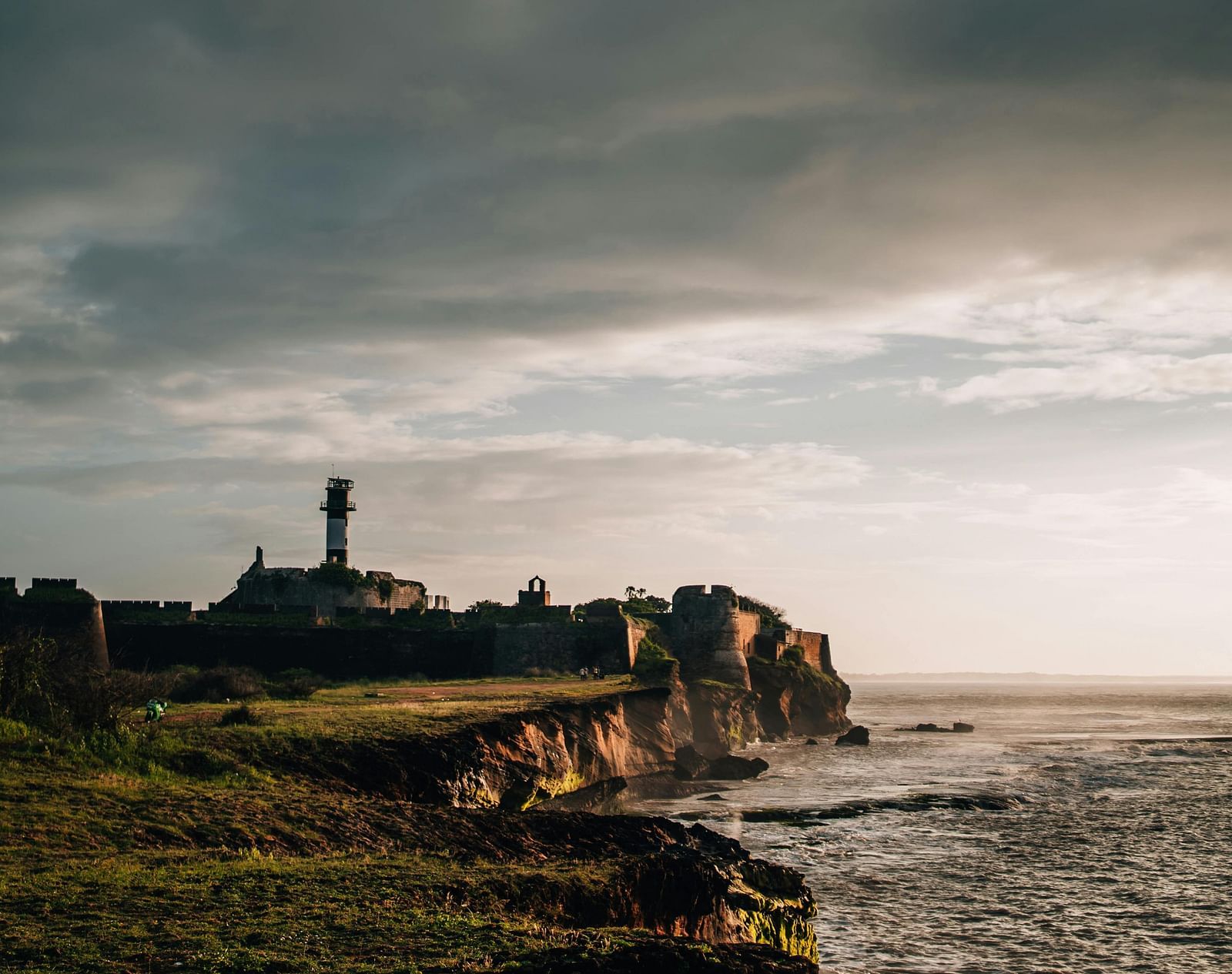
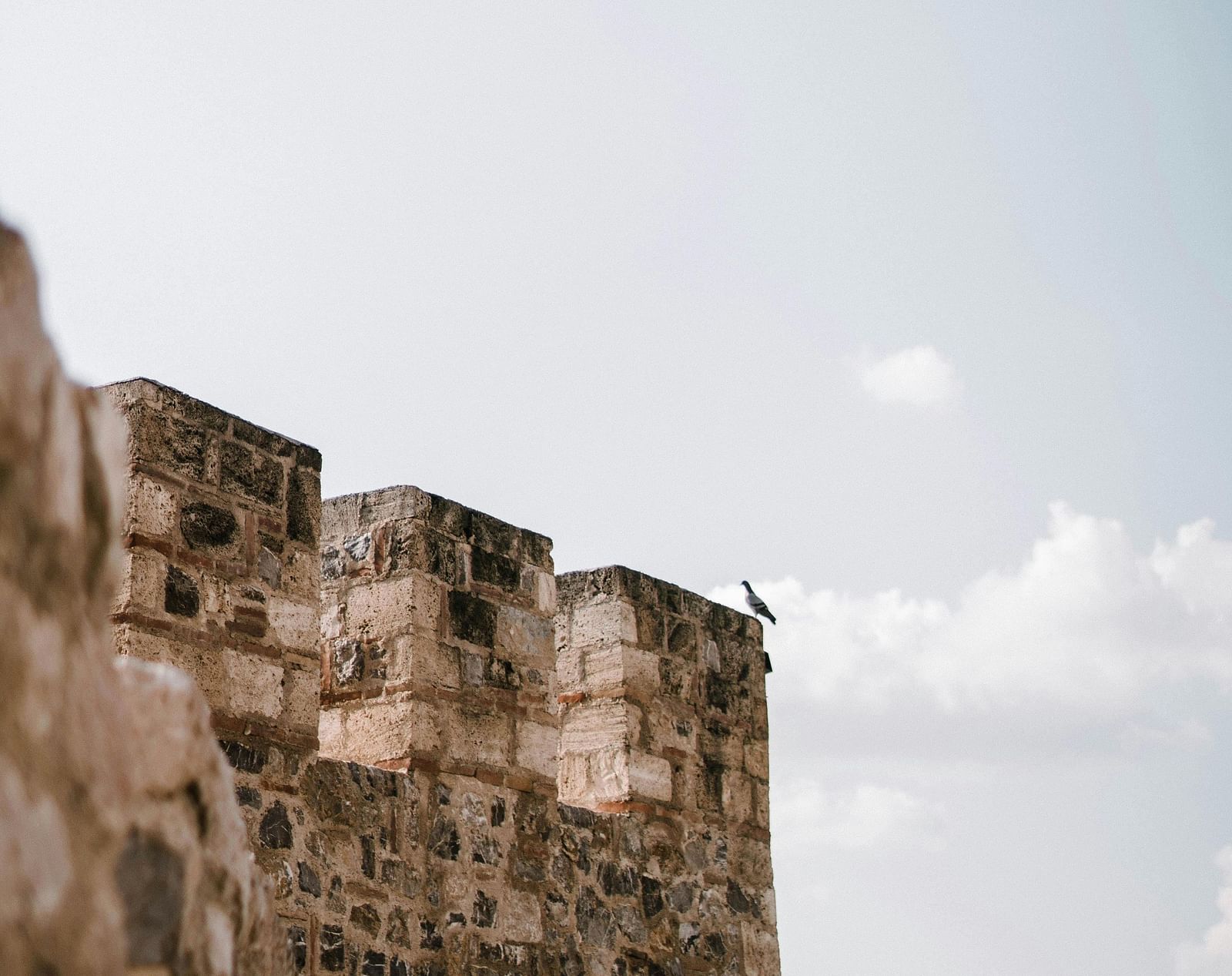
Echoes of Empire: Portuguese Rule (1535 – 1961 CE)
For over four centuries, Diu wore a European cloak. Portuguese rule reshaped the townscape with grand structures like the Diu Fort and St. Paul’s Church. Stone by stone, they built a bastion of colonial power. Yet, under the surface, Diu’s native spirit quietly endured—resilient as ever.
Winds of Freedom: Liberation (1961 CE)
After 426 years, history turned again. On December 19, 1961, India launched Operation Vijay and freed Diu from Portuguese hands. The tricolour flew high, and the island exhaled liberation. It wasn’t just a change of flag—it was a revival of voice, culture, and identity.
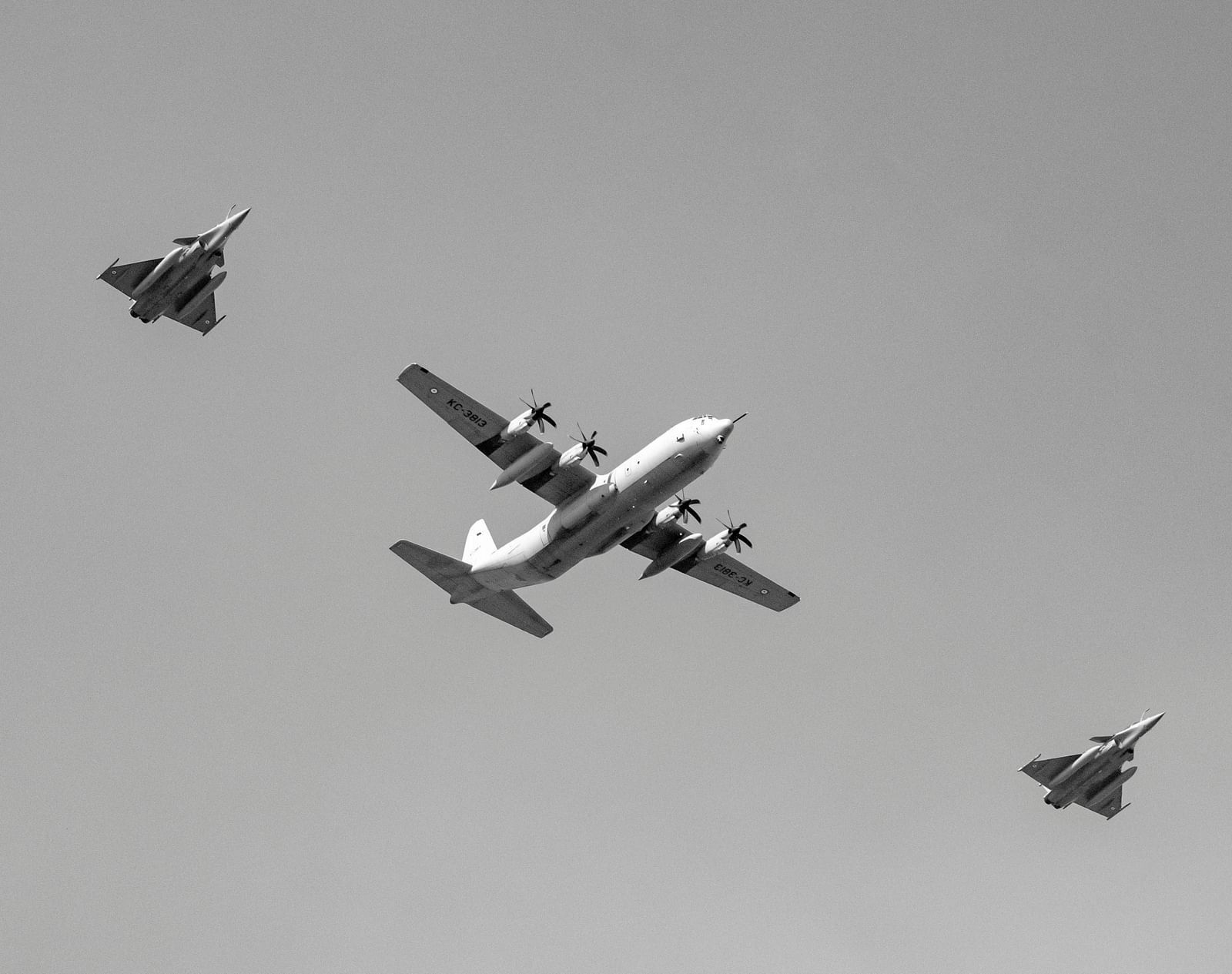
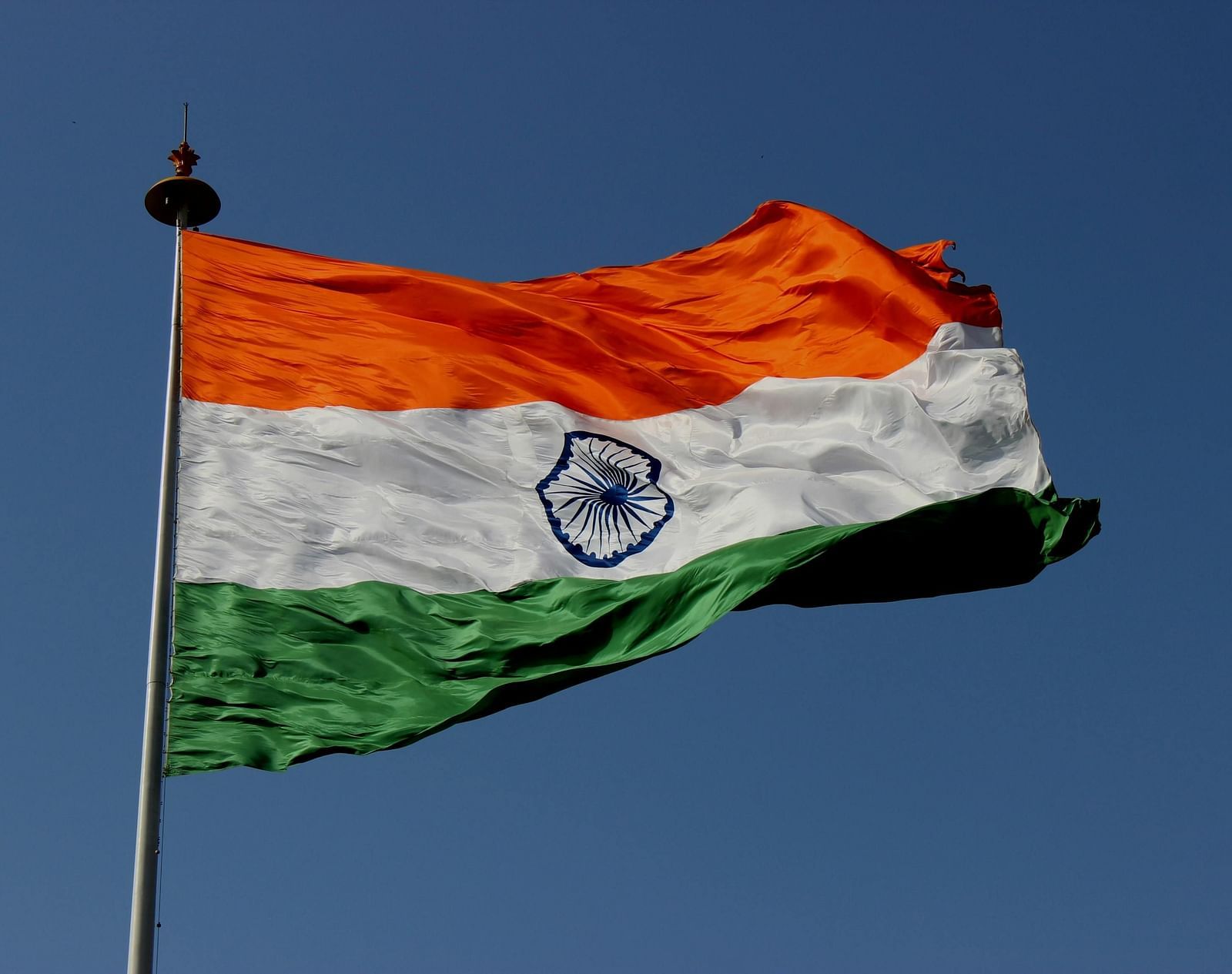
A Union Reimagined: Modern Diu (1987 – 2025 CE)
In 1987, Diu became part of the Daman and Diu Union Territory, finding new purpose in unity. Then, in 2020, it merged into the larger territory of Dadra and Nagar Haveli and Daman and Diu—renewing its journey under a shared administrative wing. Yet, even today, Diu retains a spirit distinctively its own.
The history of Diu is not confined to monuments or museum walls—it lives in the scent of sea breeze, the curve of old churches, and the stories locals share over a warm meal. Whether you're a curious traveller or a history buff, every corner of this island offers a story worth discovering. Come, walk these timelines and let Diu’s past whisper to you.